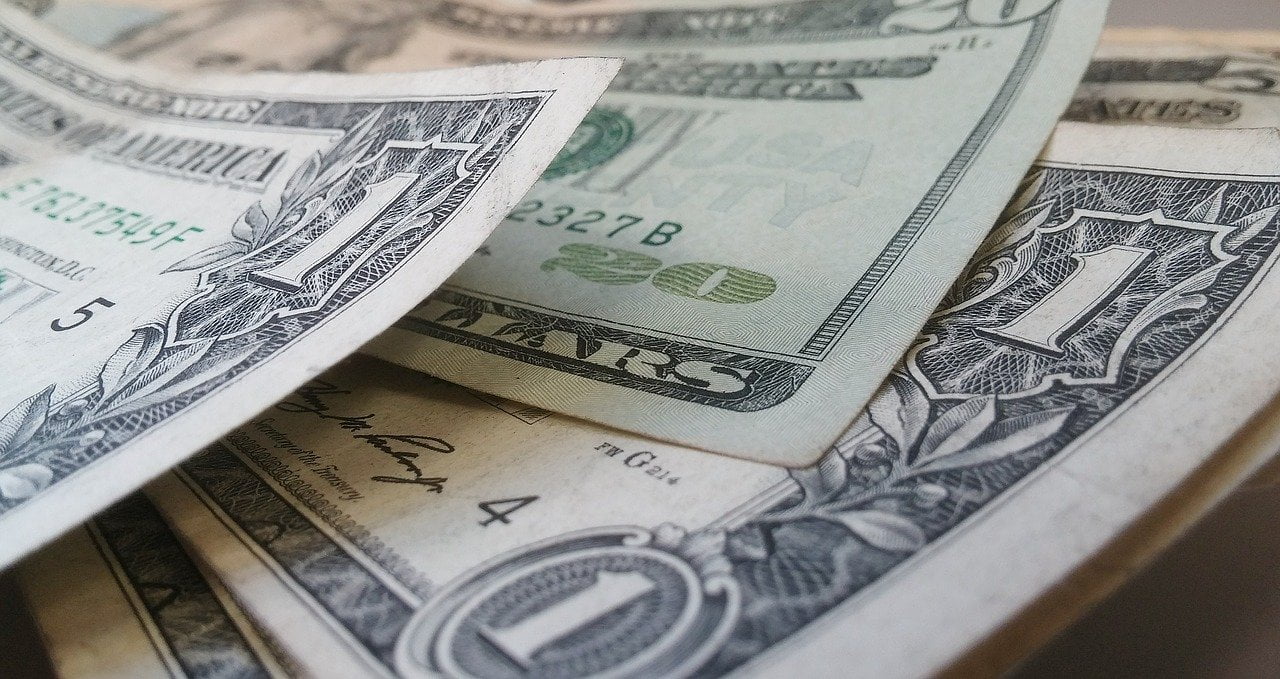Household debt in the U.S. increased by $1 trillion, the highest annual growth since 2007, showing that Americans were much more in debt in 2021. Mortgage debt saw a significant increase while rising car prices drove the numbers higher.
Q4 2021 hedge fund letters, conferences and more
Household Debt Shots Up
As informed by CNN, the $1 trillion household debt jump in 2021 was the biggest in a year since 2007, while Q4 was also the largest quarterly increase since the same year as it grew by $333 billion. The report by the Federal Reserve Bank of New York also establishes that mortgage debt and car loans were the major drivers behind the increase.
Wilbert Van Der Klaauw, senior vice president at the New York Fed said, “The aggregate balances of newly opened mortgage and auto loans sharply increased in 2021 corresponding to increases in home and car prices.”
Mortgage debt rose by $258 billion to $10.93 trillion for the quarter, driven by the record number of home loan originations.
“These new loans were locked in at attractive interest rates as homebuyers raced to get ahead of an expected rate increase this year.”
Auto Loan Behavior
Since the beginning of the pandemic, credit scores of new mortgage applicants have deteriorated slightly. However, they are high enough as 67% of mortgages in Q4 were issued to borrowers with credit scores above 760.
In the meantime, auto loans drove household debt as they grew by $84 billion in 2021 and by $15 billion for the quarter with newly opened auto loans reaching $734 last year —the biggest number on record and totaling $1.46 trillion.
“These sharp increases are partly due to the unprecedented spike in prices of cars throughout 2021. The report found rising prices impacted all types of auto loan borrowers. The only slight difference was that sub-prime borrowers financed 16% fewer vehicles in 2021 compared with 2019.”
Americans who bought a car last year at higher prices and require more financing, the loans will mean higher payments.
“The average loan balances grew by approximately 20% and the median monthly payment on newly opened loans in 2021 rose to $418, which was 8% higher than 2020,” CNN reported.






